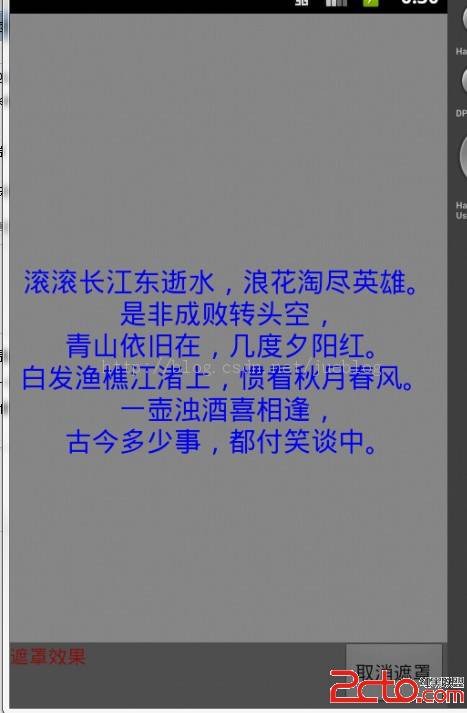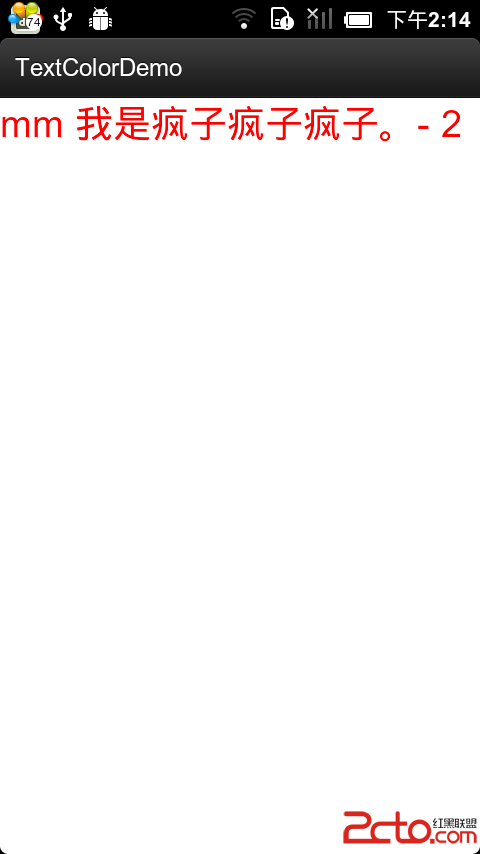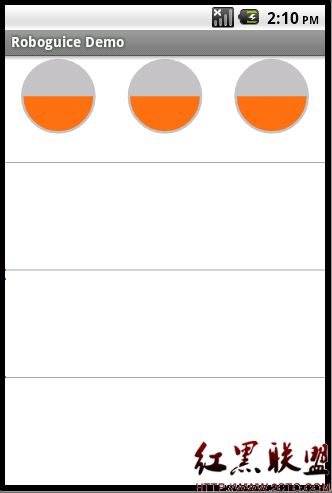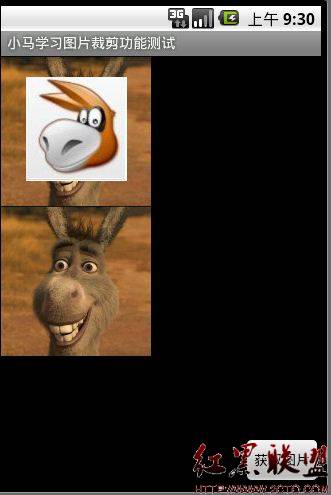android中layout_weight的理解
SDK中的解释
Indicates how much of the extra space in the LinearLayout will be allocated to the view associated with these LayoutParams. Specify 0 if the view should not be stretched. Otherwise the extra pixels will be pro-rated among all views whose weight is greater than 0.
重点有两个,一个是layout_weight表示LinearLayout中额外空间的划分(可能扩展应用layout_weight前的大小也可能压缩),另一个是按比例.
以下说的都以 android:orientation="horizontal" 为例
看了一下源码,虽说不太懂,但了解了下大概意思,按照自己的理解总结一下,直接写一下简化的代码吧(下面的代码是LinearLayout源文件中一部分的精简,变量名称含义可能不准确,为叙述方便暂作此解释):
//Either expand children with weight to take up available space or
// shrink them if they extend beyond our current bounds
int delta = widthSize - mTotalLength;
if (delta != 0 && totalWeight > 0.0f) {
float weightSum = mWeightSum > 0.0f ? mWeightSum : totalWeight;
for (int i = 0; i < count; ++i) {
final View child = getVirtualChildAt(i);
if (child == null || child.getVisibility() == View.GONE) {
continue;
}
final LinearLayout.LayoutParams lp =
(LinearLayout.LayoutParams) child.getLayoutParams();
float childExtra = lp.weight;
if (childExtra > 0) {
int share = (int) (childExtra * delta / weightSum);
weightSum -= childExtra;
delta -= share;
int childWidth = child.getMeasuredWidth() + share;
if (childWidth < 0) {
childWidth = 0;
}
}
}
}
变量含义
widthSize: LinearLayout的宽度
mTotalLength: 所有子View的宽度的和(还没用考虑layout_weight)
totalWeight: 所有子View的layout_weight的和
mWeihtSUm: LinearLayout的android:weightSum属性
过程分析:
首先计算出额外空间(可以为负)如果额外空间不为0并且有子View的layout_weight不为0的话按layout_weight分配额外空间:
int delta = widthSize - mTotalLength;
if (delta != 0 && totalWeight > 0.0f) {
...
}
如果LinearLayout设置了weightSum则覆盖子View的layout_weight的和:
float weightSum = mWeightSum > 0.0f ? mWeightSum : totalWeight;
然后遍历LinearLayout的子元素,如果不为null且Visibility不为GONE的话,取得它的LayoutParams,如果它的layout_weight大于0,根据weightSum与它的weight计算出分配给它的额外空间
if (childExtra > 0) {
int share = (int) (childExtra * delta / weightSum);
weightSum -= childExtra;
delta -= share;
int childWidth = child.getMeasuredWidth() + share;
if (childWidth < 0) {
childWidth = 0;
}
}
网上有解释说layout_weight表示重要程度,表示划分额外空间的优先级,通过代码可以知道这种观点是错误的.layout_weight表示划分的比例,至于当View的layout_width为fill_parent时layout_weight比例相反的问题按我的理解可以作以下解释:
比如说如下XML:
<?xml version="1.0" encoding="utf-8"?>
<LinearLayout xmlns:android="http://schemas.android.com/apk/res/android"
android:layout_width="fill_parent"
android:layout_height="wrap_content"
android:background="#00ff00"
android:weightSum="0"
android:orientation="horizontal" >
<Button
android:id="@+id/imageViewLoginState"
android:layout_width="fill_parent"
android:layout_height="fill_parent"
android:layout_weight="1"
android:text="1" >
</Button>
<Button
android:id="@+id/imageViewLoginState1"
android:layout_width="fill_parent"
android:layout_height="fill_parent"
android:layout_weight="1"
android:text="2" >
</Button>
<Button
android:id="@+id/imageViewLoginState2"
android:layout_width="fill_parent"
android:layout_height="fill_parent"
android:layout_weight="2"
android:text="3" >
</Button>
</LinearLayout>
按一般理解,3个Button的比例应该为1:1:2,但实际情况是这样的:

按我的理解,系统是这样设置按钮的大小的,变量名按前面代码的意义:
假设Container即LinearLayout的宽度为PARENT_WIDTH
三个按钮的宽度都是FILL_PARENT,所以在应用layout_width之前,三个按钮的宽度都为PARENT_WIDTH
所以额外空间 delta = PARENT_WIDTH - 3 * PARENT_WIDTH = -2 * PARENT
因为LinearLayout没有设置android:weightSum(默认为0,设置为0就当没设置吧),所以 mWeightSum = 1 + 1 +2 =4
所以:
第一个按钮的宽度为PARENT_WIDTH + share = PARENT_WIDTH + (layout_weight * delta / mWeightSum) = PARENT_WIDTH + (1 * (-2 * PARENT_WIDTH) /4) = 1 /2 *PARENT_WIDTH
weightSum -= childExtra;(=3)
delta -= share;(=-3/2 * PARENT_WIDTH)
第二个按钮的宽度为PARENT_WIDTH + share = PARENT_WIDTH + (layout_weight * delta / mWeightSum) = PARENT_WIDTH + (1 * (-3 / 2 * PARENT_WIDTH) /3) = 1 /2 *PARENT_WIDTH
weightSum -= childExtra;(=2)
delta -= share;(=-PARENT_WIDTH)
第三个按钮的宽度为PARENT_WIDTH + share = PARENT_WIDTH + (layout_weight * delta / mWeightSum) = PARENT_WIDTH + (2 * (- PARENT_WIDTH) /2) = 0
所以最终的而已就是前两个按钮平分LinearLayout,第三个按钮消失了.
大致过程是这样,但不全对,比如如果上例中LinearLayout的weightSum设置为2的话,前两个按钮的宽度为0,但当计算第三个按钮的宽度是mWeightSum = 0,但layout_weight * delta / mWeightSum无法计算,不知道系统怎么处理的,在我的能力之外了,weightSum为2时的效果图:

weightSum为3时的效果图:

补充:移动开发 , Android ,




